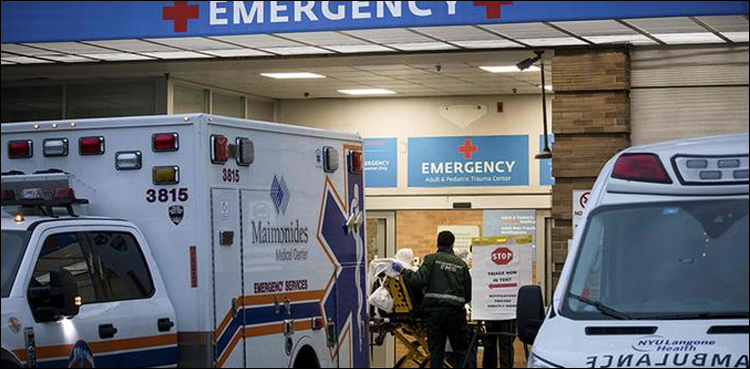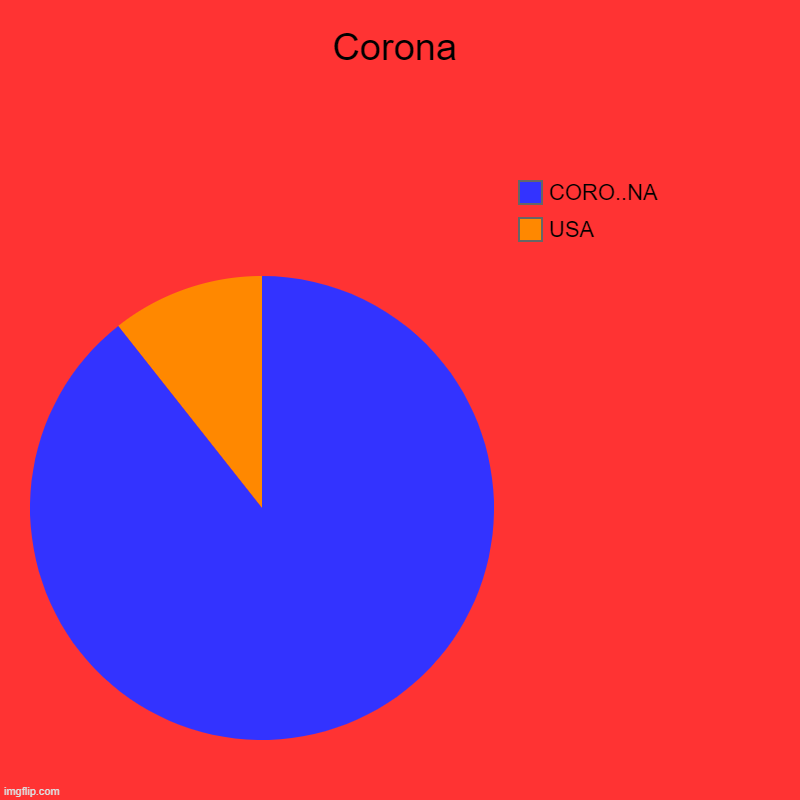


Library and Information Science Program.

Research, Funding, & Educational Resources.Center for Health Emergency Preparedness & Response.CDC displays data for diagnosed or laboratory-confirmed COVID-19, flu, and respiratory syncytial virus (RSV) on the National Syndromic Surveillance Program dashboard (for ED visits) and the RESP-NET dashboard (hospitalizations). In the future, CDC will move toward integrating COVID-19 monitoring within a sustainable respiratory viruses surveillance strategy. And everyone, high-risk or not, should stay up to date with COVID-19 vaccines. People with weakened immune systems should consider taking additional prevention measures, developing a COVID-19 Personal Plan to protect themselves from severe COVID-19, and speaking to their healthcare providers about early antiviral treatment options to prevent severe disease, hospitalization, and death. These data will help inform individual and community public health actions to protect those at highest risk of severe COVID-19, such as older adults and people with underlying conditions. The past three years have been highly challenging in many ways, but together we have made significant progress to reduce the impact COVID-19 has on the health of people and our communities.ĬDC will continue to report and monitor valuable data, like genomic surveillance wastewater surveillance vaccination coverage, safety, and effectiveness and hospital-related outcomes, from sentinel surveillance platforms like COVID-NET. The United States has mobilized and sustained a historic response to the COVID-19 pandemic. Please see two new MMWR reports published May 5, 2023- COVID-19 Surveillance After Expiration of the Public Health Emergency Declaration and Correlations and Timeliness of COVID-19 Surveillance Data Sources and Indicators-for more details about the changes. The National Respiratory and Enteric Virus Surveillance System (NREVSS), a voluntary reporting network of more than 450 laboratories, will be the new primary source for regional test positivity data and another early indicator.County-level COVID-19 Electronic Laboratory Reporting data on test positivity will no longer be posted because national reporting of negative laboratory results is no longer required.

ED visit data will serve as an early indicator of COVID-19 activity.Aggregate case and death count reporting has been discontinued.Provisional death certificate data from the National Vital Statistics System (NVSS) will become the primary source for mortality surveillance, replacing aggregate death counts.COVID-19 hospital admission levels are comparable with CCLs. COVID-19 hospital admission levels replace COVID-19 Community Levels (CCLs) as the main indicator of county trends.Hospital admission rates and the percentage of COVID-19 deaths among all deaths are now the primary surveillance metrics.These are the most notable changes to COVID Data Tracker: Several pages have also been retired, but COVID Data Tracker has a page with links to archived data and visualizations. The homepage has a new look, and there are also new landing pages for hospitalizations, emergency department (ED) visits, and death data, as well as visualizations of trends and maps. The latest updates to CDC’s COVID Data Tracker reflect these changes. Some surveillance metrics will remain the same, but some will change in terms of reporting frequency, data sources, or availability. This doesn’t mean that COVID-19 is over, but the end of the PHE did initiate a cascade of updates to COVID-19 data collection, reporting, and surveillance. Yesterday, May 11, 2023, marked the end of the federal COVID-19 public health emergency (PHE) declaration. This is the 97th and final issue of the COVID Data Tracker Weekly Review.


 0 kommentar(er)
0 kommentar(er)
